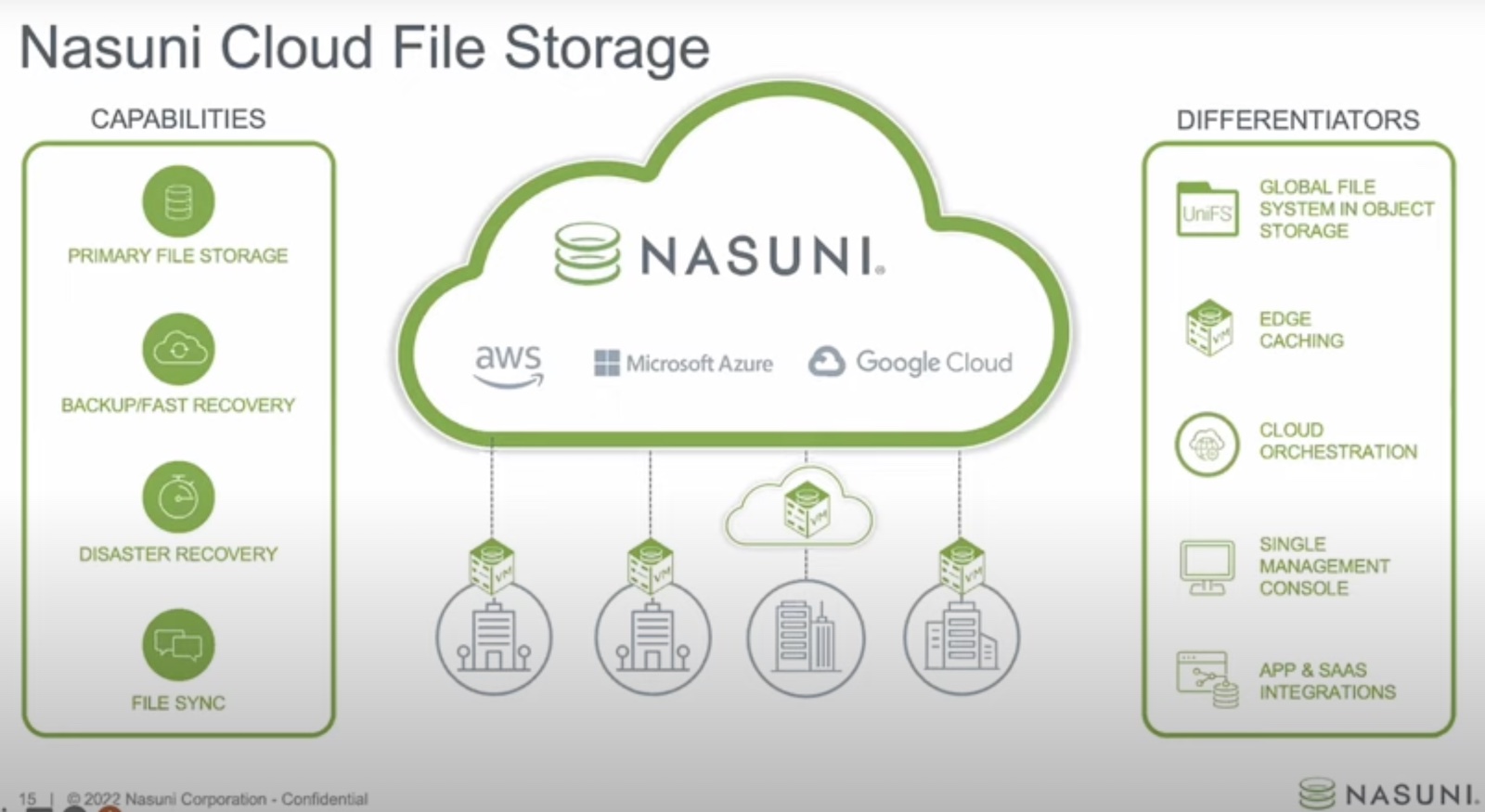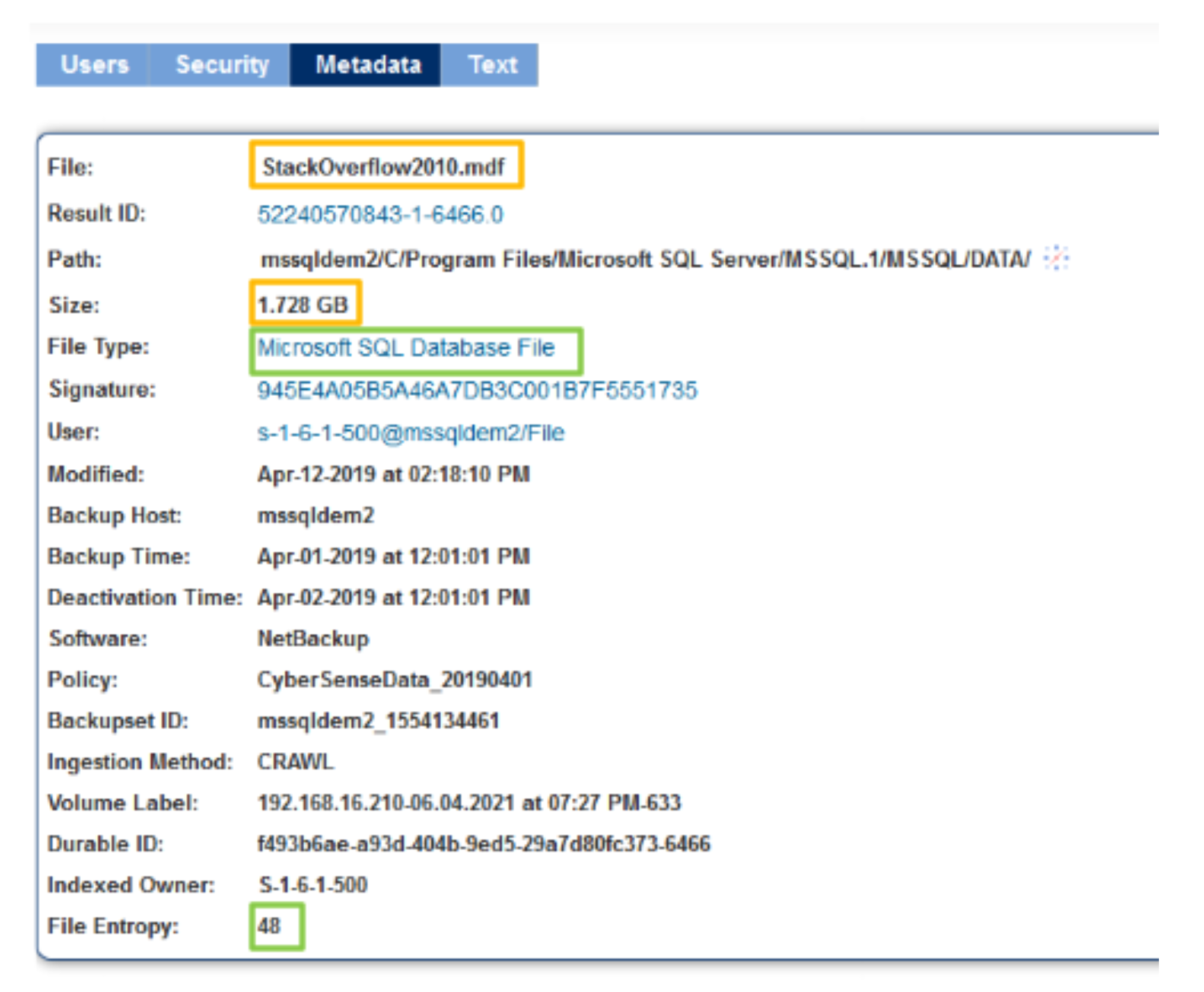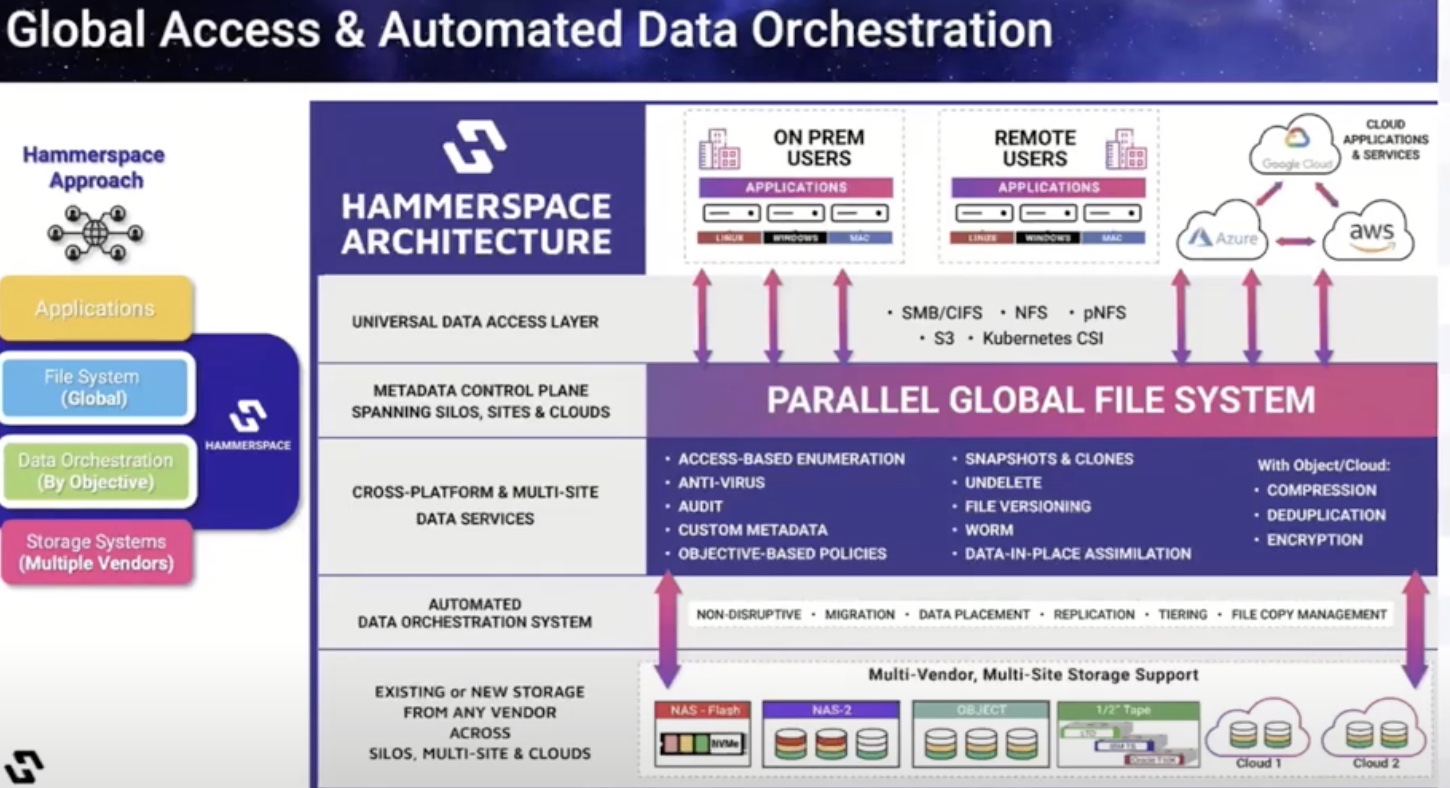I recently came to the realization that the only reason I prefer using the Mac is Spotlight Search. It’s blazing fast and just seems to bring up the thing I’m looking for without too much thought. The limitation is that this is a localized experience. It can search my synced files from the cloud, but not files outside of what sits on my hard drive. As I’ve found my data spread across an increasing number of sources, Spotlight is still useful, but just not able to access everything I need. It’s still fast and reliable, but not comprehensive.
Fast, reliable, and comprehensive search is a killer feature in the enterprise too. Here the problem of sources becomes even more acute. You’re not just dealing with an inconvenience. Having to painstakingly search across Sharepoint, Dropbox, Google Drive, and your local file server is a drain on business. In the best case scenario it simply wastes productivity. At worst, it could be an impediment to being in compliance with data governance regulations like GDPR. Cue “there’s got to be a better way!”
Cloudtenna DirectSearch
If Cloudtenna sounds familiar, it’s because we looked at them last year. Since then they’ve relaunched, moving away from the Sync and Share solution we discussed, to taking on the fundamental problem of searching files across disparate sources. Their solution to this is called DirectSearch.

DirectSearch UI
DirectSearch catalogs metadata and file content across a wide array of source. The usual cloud storage options are present: Dropbox, Google Drive, OneDrive. There’s even support for a growing list of SaaS apps, including Slack. But what separate it from some other search products is the ability to also index files on-premises and integrate that into the overall search results. And all of this search can be accessed from a single login. Right now this is limited to a web UI, but given they’re focusing on a lot of SaaS and cloud-native data sources, I wouldn’t be surprised to see API support for their search down the line as well.
Smart and Secure
Of course, searching across a large number of domains can lead to some problems. For one, if this search isn’t smart, it doesn’t really enable that much more productivity. It becomes a signal-to-noise problems, the more sources the more potential noise. Luckily Cloudtenna isn’t just surfacing files based on the search input. It also uses the context of who is searching to inform the result.
DirectSearch builds a usergraph that tracks user activity. This isn’t just what files you directly access. It also looks at your history of file interaction. So if you and another user typically view the same files from the same sources, it will surface files they’ve viewed and edited first even if you’ve never interacted with it before. Using this file access history, DirectSearch uses machine learning to build a “shadow org chart”, outlining patterns of behavior and using it to help make search results relevant. What’s great is the more your organization uses DirectSearch, the more it’ll learn what and how files are used across teams.
Of course, without controlling access, such a robust search could easily become a liability. That’s why DirectSearch has full ACL support, limiting file permissions and not surfacing any results that someone wouldn’t be able to access anyway.
Cloudtenna has done some interesting work to make sure their indexing is fast and responsive. Using Spark to keep their indexing in memory, they’re able to get better access times, generally serving results in 400-600ms. All of this is opaque to the user, who simply get a fast UI with relevant search results.
More to Come
Today DirectSearch integrates with a lot of the usual suspects, but is right now putting out integrations for individual services. The next step is clearly to publish an API to let you plug in the source you want to their service. This would move it to a solution that is currently useful for many people, to being a standard for search across the enterprise. It makes sense to focus initially on a few tight core integrations, but this needs to be fully extensible to really capture their intended market.
I’m also excited to see if Cloudtenna will break out of simply offering a web UI for their search. I’d love to see this documented in an API as well, letting devs plug this directly into apps. Even a plugin to Slack and letting people search from there would be a great addition.
Cloudtenna has done the hard work to build DirectSearch. It’s made to let you search across the cloud and your data center in a fast and secure way. Their next challenge will be putting it in more places, and letting organization integrate it where it’s most needed.




